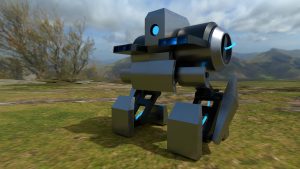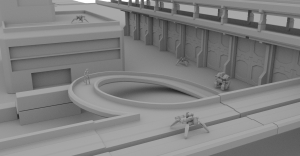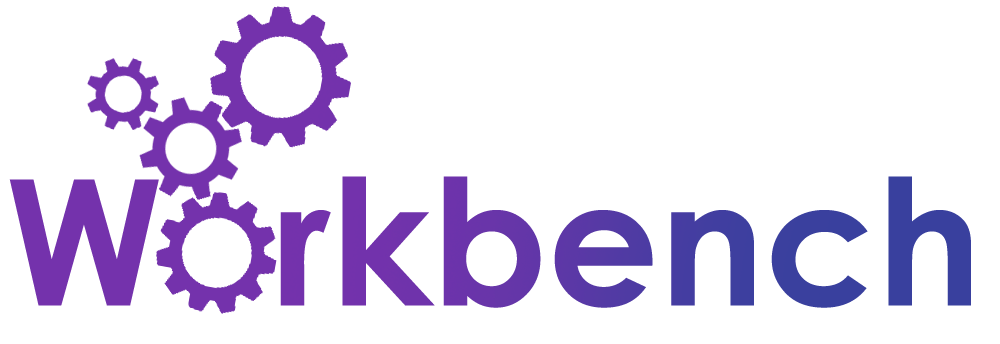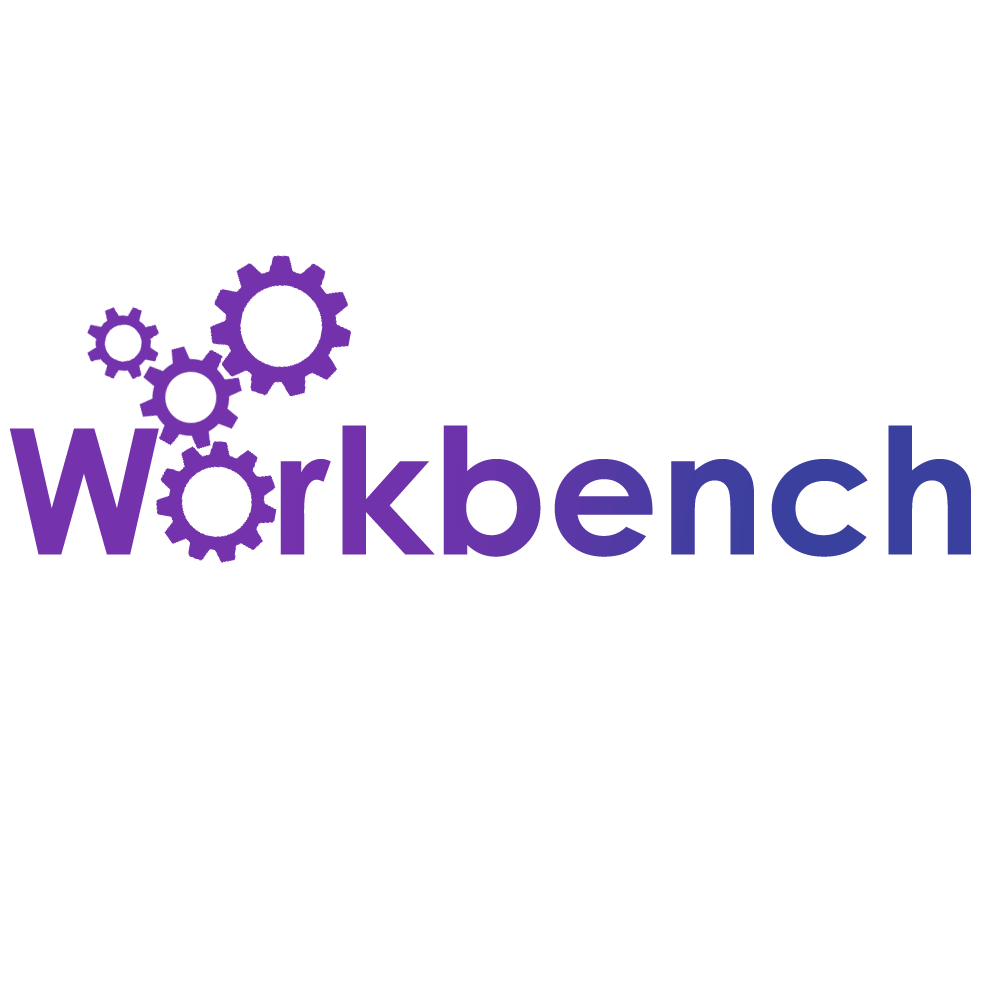This week, our team focused on digesting and analyzing feedback from Halves, and then further using it to formulate a plan for the remainder of the semester. At the same time, we also prepped for (and conducted) Playtest Day, a day when we get naive playtesters to come try out what we have built so far.
Week 11 saw continued progress on the development of our demo, getting it in a game-ready state for Playtest Day. An important part of Playtesting is understanding the kind of feedback you want as a developer, and the kind of questions the team needs to be asking in order to gain the most valuable feedback. As such, we had two separate playable prototypes of our demo, one from the Streamer perspective and the other from the Twitch Audience perspective. In both cases, we were looking for insightful or general feedback which could help influence our design decisions moving forward.
We also conducted A/B testing of our UI, in a bid to understand if UI comprehension is at a peak level. We placed different elements of our UI in front of naive playtesters and asked them pointed questions to see if they can identify interface elements, and, more importantly, if the interface elements were completely clear to the user. Additionally, we also asked general questions about our art style, character cohesiveness, and our environment to ensure players are able to accurately pinpoint the contrasts and similarities between all three.
Playtest Day turned out to be a pivotal day, since it immediately helped us address several crucial aspects of our game design. We were able to get insight into our camera and controls system, difficulty, AI, UI, and Art in a way that would impact the rest of our design decisions for the remainder of our semester.
As we started to implement the level with models and textures, a lot of new assets, including the details of the city has been created. They will be gradually imported into Lumberyard to replace the old blockout we have at the moment, and texturing is also happening at the same time. Also, both the Gattler and the Icebox mechs are textured and imported with skeleton rig. We are currently testing the best way to import animation, since the process of importing animation to Lumberyard is very different from what we are used to in Unity. Once this problem is solved, we will be able to have moving mechs with animations in-game. On the UI part, we have replaced a bunch of UI placeholders with icons we made, and more icons are in the process of creating, for example, health bar and audience icons.


After receiving feedback from faculty and peers, our team decided to prioritize some things moving forward. This week, we got a lot of the UI elements hooked up with our game so that audience can see and understand what’s happening in the game. One of the main issues we faced this week was getting AI and physics to work together. It seems both of these systems require some components that are incompatible and we are still trying to figure out how to get the right balance to get them both working. AI requires Character Physics so that we can play animations through the Actor component while moving the mechs from one point to the other. Physics, on the other hand, seems to behave unexpectedly with Character Physics and is much more predictable with Rigid Body Physics, both of which together are incompatible. Our team also tried to shift to Lumberyard’s new PhysX engine hoping that it would solve some of our problems, but we realized that the system is still missing all the features that are currently there in the Legacy system, and so we had to make a painful revert back to Legacy by purging PhysX and rebuilding the engine.
The team also had a playtest day over the weekend where we got to test out our game, both from the player and audience perspective. We were able to make a playable prototype of our game for the playtest day. We were able to get some good insights from the feedback we received. Some of our top ones that almost everyone seemed to talk about was that the camera in the game wasn’t very intuitive and that the character felt too small on the screen. People also felt that the mechs lacked the intimidating feeling that would’ve added a lot of depth to the game. We have taken into account all of this and next week we will begin tackling some of these issues. We are also now thinking in the direction of what small changes can we make that can add fun to the game without being a tech burden.

